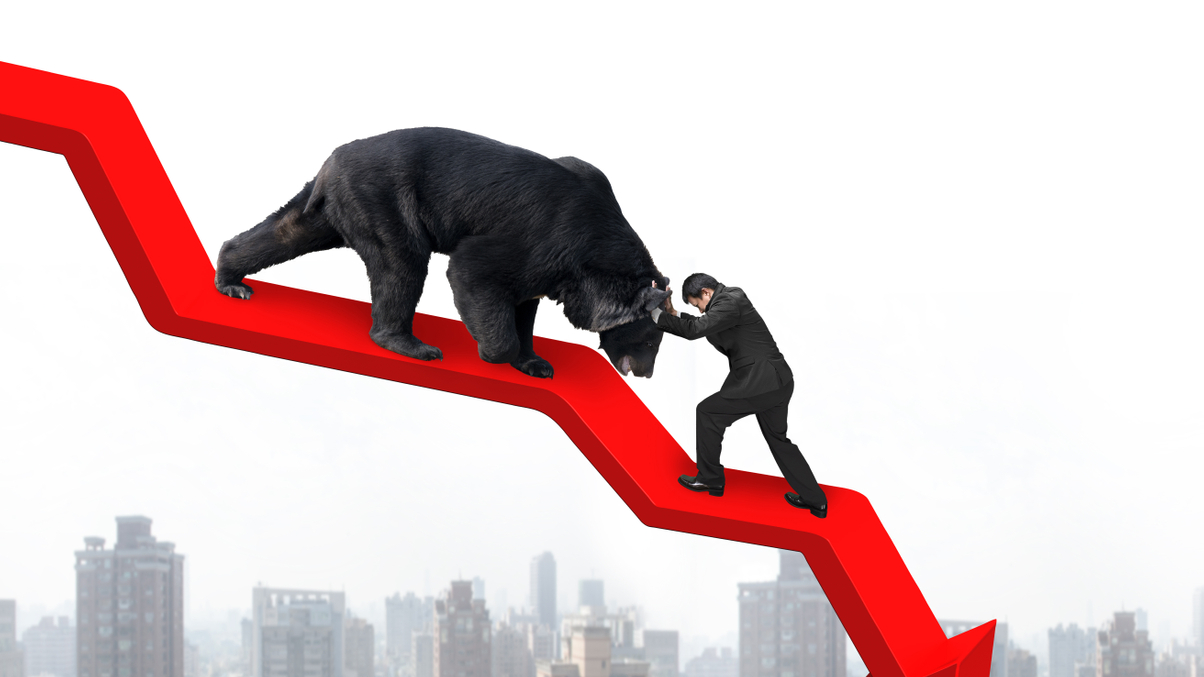Market Views: How are investors adjusting to a bond bear market?
Global bonds are in their first bear market in a generation. AsianInvestor asks how investors should cope with the unusual situation.

Global bonds have slumped into their first bear market in a generation, spurred by the pressure from central bankers determined to quash inflation even at the cost of a recession.
Sign in to read on!
Registered users get 2 free articles in 30 days.
Subscribers have full unlimited access to AsianInvestor
Not signed up? New users get 2 free articles per month, plus a 7-day unlimited free trial.
¬ Haymarket Media Limited. All rights reserved.


